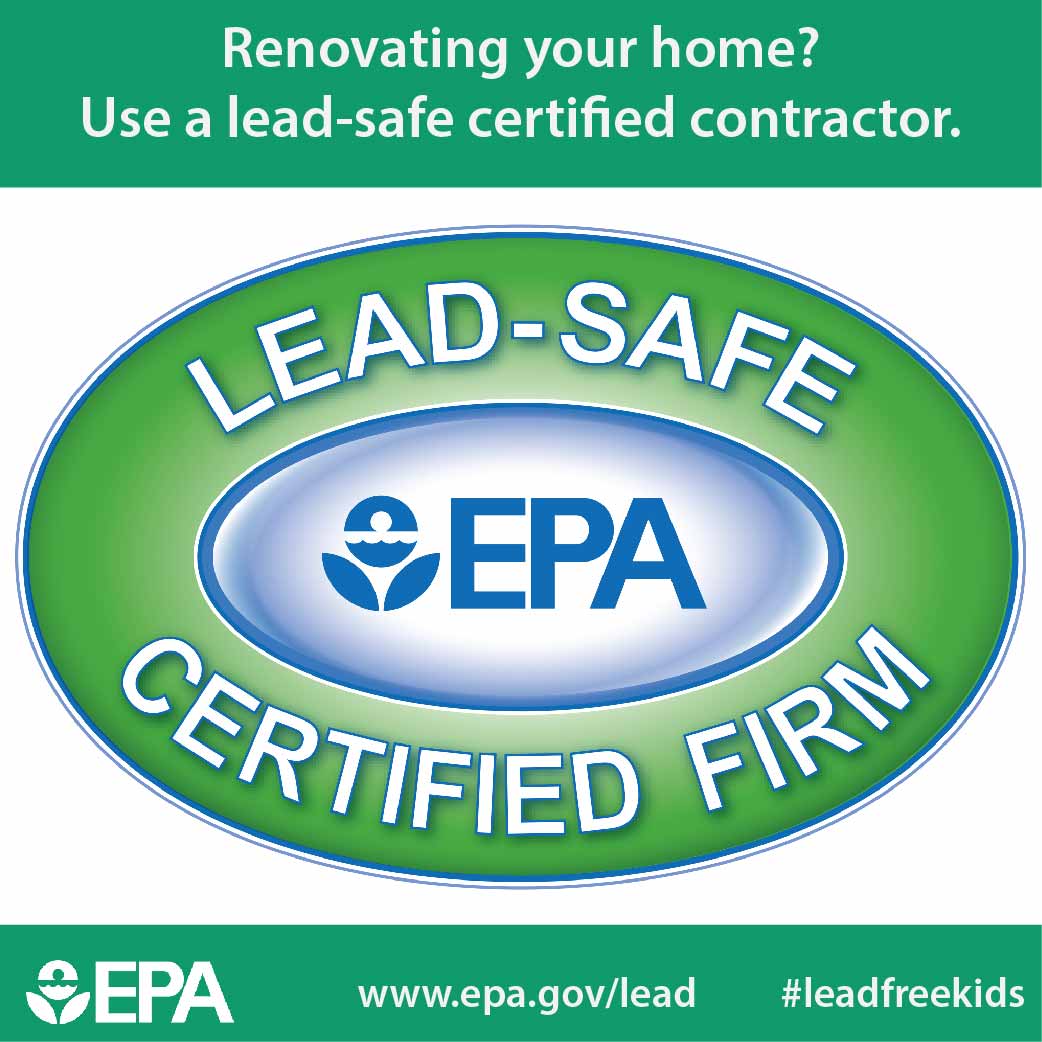Recognizing Seasonal Influences On Commercial Outside Paint: Crucial Understanding For Success
Recognizing Seasonal Influences On Commercial Outside Paint: Crucial Understanding For Success
Blog Article
exterior house painting twin cities Composed By-Burnham Decker
When you're preparing an industrial external painting task, seasonal aspects can make or damage your outcomes. You'll wish to take into consideration exactly how temperature level and moisture influence paint application and drying out times. Choosing the right season can guarantee your paint adheres properly and lasts much longer. However which periods are absolutely the very best for this sort of work? Allow's explore the crucial elements that can affect your job's success.
The Impact of Temperature Level on Paint Application
When you're intending a commercial exterior painting job, the temperature can significantly influence just how well the paint adheres and dries out.
Preferably, you intend to repaint when temperatures range in between 50 ° F and 85 ° F. If it's as well cool, the paint might not treat properly, leading to problems like peeling or fracturing.
On the flip side, if it's too hot, the paint can dry out also quickly, preventing appropriate adhesion and causing an uneven coating.
You should additionally consider the moment of day; morning or late afternoon provides cooler temperatures, which can be much more positive.
Constantly inspect the supplier's suggestions for the specific paint you're making use of, as they commonly offer assistance on the optimal temperature level array for optimum outcomes.
Humidity and Its Result on Drying Times
Temperature isn't the only environmental aspect that influences your business exterior painting project; moisture plays a substantial function as well. High moisture levels can decrease drying out times substantially, influencing the total top quality of your paint work.
When the air is saturated with wetness, the paint takes longer to treat, which can bring about problems like inadequate bond and a greater threat of mildew development. If you're repainting on a specifically moist day, be planned for extended delay times in between layers.
It's crucial to keep track of regional climate condition and plan appropriately. Ideally, go for moisture degrees in between 40% and 70% for optimum drying out.
Maintaining these factors in mind ensures your job remains on track and supplies a long lasting surface.
Best Seasons for Commercial Outside Painting Projects
What's the very best time of year for your industrial outside painting jobs?
Spring and early loss are usually your best options. During these seasons, temperature levels are light, and moisture degrees are frequently lower, creating excellent conditions for paint application and drying.
Avoid summer's intense heat, which can trigger paint to completely dry too swiftly, causing inadequate adhesion and coating. Likewise, winter months's cool temperatures can impede correct drying out and healing, risking the durability of your paint job.
Aim for days with temperatures in between 50 ° F and 85 ° F for optimum outcomes. Keep in mind to check the local weather report for rainfall, as wet conditions can destroy your project.
Planning around read this post here ensures your paint task runs smoothly and lasts much longer.
Verdict
In conclusion, planning your industrial external painting tasks around seasonal considerations can make a significant difference in the result. By scheduling job during the optimal temperature levels and humidity degrees, you'll guarantee much better adhesion and drying times. Keep in mind to keep an eye on regional weather forecasts and select the right time of year-- springtime and very early fall are your best options. Taking these actions will certainly assist you achieve a resilient and professional coating that lasts.
